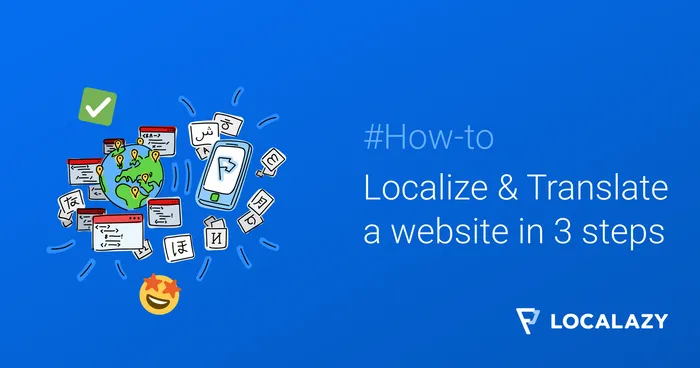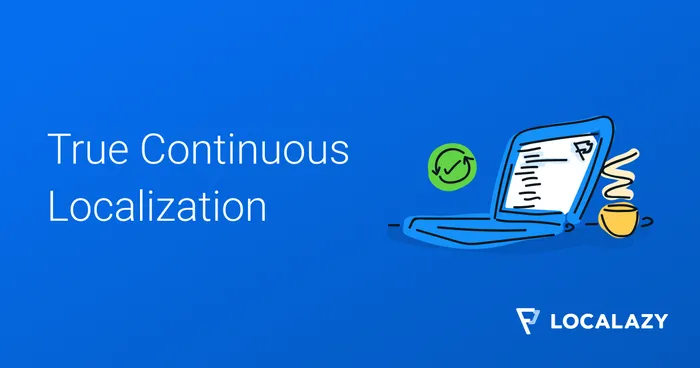Penetrating the European market requires a delicate knowledge of its linguistic landscape, with German being its core pillar. With more than 100 million native speakers, German is the most widely spoken native language in the European Union and the predominant tongue in Germany, where 95% of the population uses it every day.
For companies looking to expand into European markets, mastering German localization goes beyond being an option; it becomes a strategic necessity. Businesses must adapt to this linguistic context not only to compete but also to establish meaningful relationships with one of Europe's most significant consumer bases. This locale guide covers all you need to know about localization catered to Germany. Let's begin!

🏰 Origins of the German language 🔗
The German language has a rich history with roots dating back to the 8th century, when it began forming as Old High German (500 to 1050). As a member of the West Germanic branch of the Indo-European language family, it occupies a special place in Europe's linguistic history. This lineage distinguishes it from North Germanic languages such as Swedish and Norwegian and from the now-extinct languages of the Eastern group, which included Gothic and Vandalic.
The earliest evidence of the use of Old High German dates back to the Hildebrandslied, a fragment of a heroic epic poem that narrates the encounter of two warriors who appear to be father and son. ⚔️ As the centuries progressed, German evolved into Middle High German, spoken from approximately 1050 to 1350. By the early modern period, the language had evolved into Early New High German, a form heavily influenced by the Luther Bible, translated by Martin Luther in the 16th century.
The evolution of German from its Old High German roots to the present has been marked by its ability to absorb influences from other languages and cultures –such as early Celtic and Latin to modern French– while retaining its unique grammatical structure and vocabulary.

🇩🇪 The German language today 🔗
In today's global environment, more than 130 million people speak German both natively and as a second language. Approximately 75 million of these are native speakers in Germany, and many more are located in:
- 🇦🇹 Austria (over eight million speakers).
- 🇨🇭 Switzerland (over five million).
- 🇱🇮 Liechtenstein (39,000).
- 🇱🇺 Luxembourg (395,000).
- 🇧🇪 Belgium (78,000).
- 🇮🇹 South Tyrol (around 350,000).
In addition, countries such as the United States, Canada, Brazil, and Argentina have sizable populations of German heritage, many of whom continue to use the language within their communities. Overall, more than 7.5 million people in 42 countries worldwide belong to a German-speaking minority.
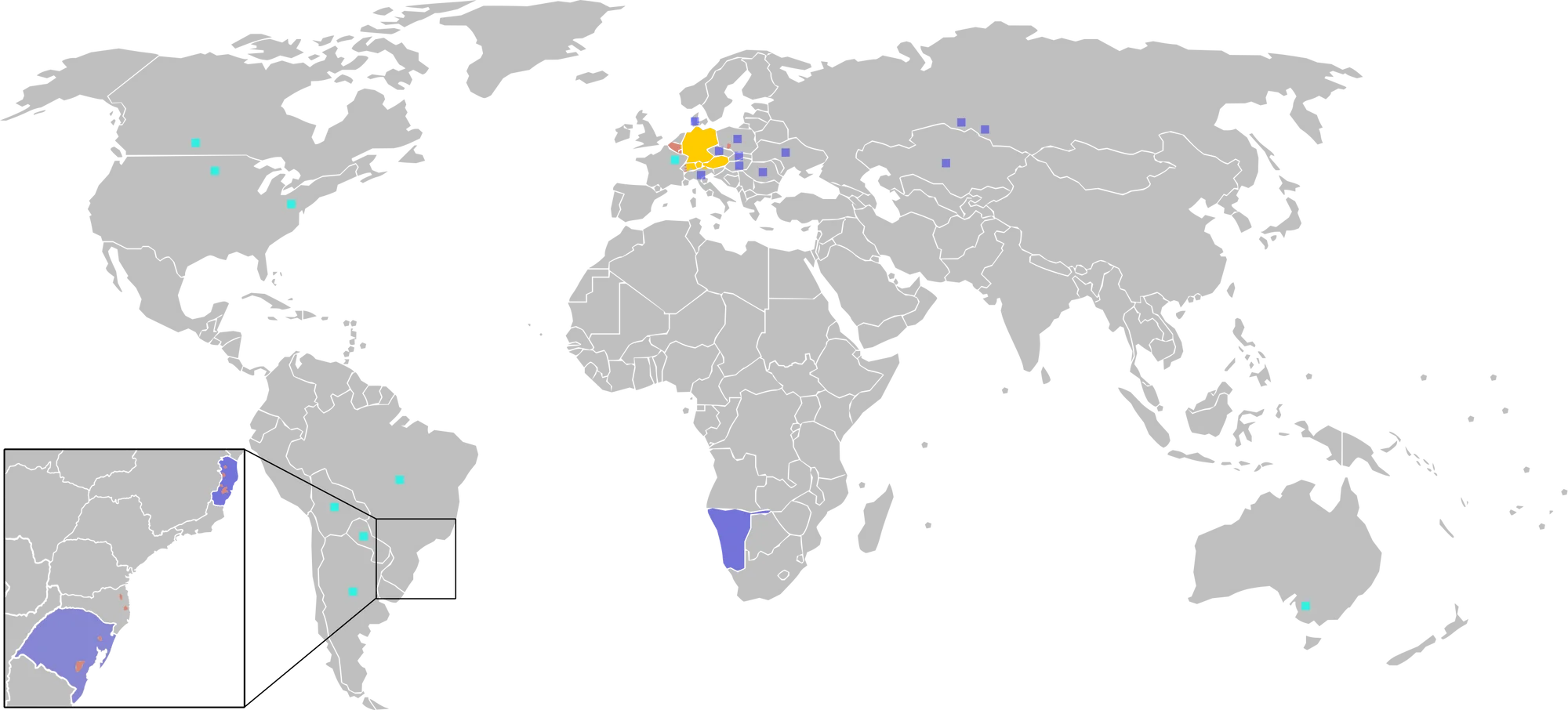
German is also a popular foreign language taught worldwide, reflecting its importance in global economic, academic, and cultural exchanges. It ranks as one of the world's top five most-taught foreign languages. In Europe, it is the second most commonly learned foreign language in secondary education after English, emphasizing its critical role in international communication and business. German's reach extends far beyond these countries. It influences international trade, science, and culture, which underlines the strategic importance of localization into German for businesses wishing to operate globally.
🥨 Dialects vs. Standard German 🔗
The German language's variety of dialects enhances its liveliness. Standard German, or Hochdeutsch, which evolved from regional dialects spoken by Saxon chancellors, is now the standard form used in government, media, and education in German-speaking countries. However, the German language landscape is rich in regional dialects, from the Lower German spoken in the northern lowlands to the Bavarian and Swabian dialects in the south.
Although Standard German or Hochdeutsch is the common form used in government, media and education, multiple regional varieties of Lower and Higher German currently coexist in the country
High German dialects are predominant among the majority of Germany's population, with millions using them as their everyday language, especially in southern regions like Bavaria and Baden-Württemberg, while Low German, or Plattdeutsch, has fewer speakers, estimated to be in the hundreds of thousands, primarily in rural areas of Northern Germany.
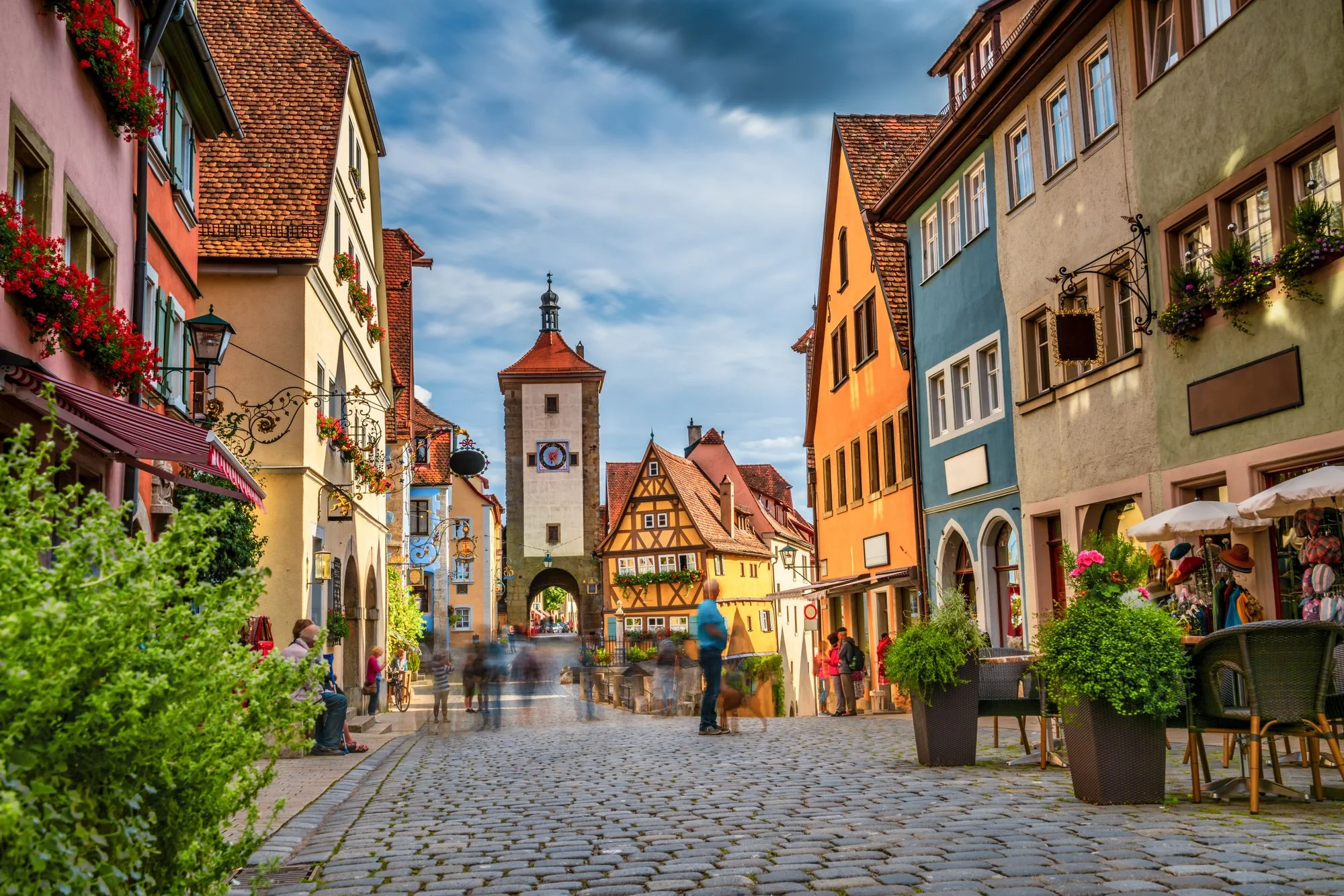
Both High and Low German dialects have notable phonetic differences. For instance, the High German consonant shift, which changed 'p' to 'pf' and 't' to 'ts' (or 's') in many environments, is absent in Low German. An example is the High German word 💷 pfund (pound), which remains pund in Low German.
Each dialect offers unique linguistic features and cultural insights. Businesses must understand these differences to effectively reach and engage all demographic segments in German-speaking markets.
🚛 Doing business in Germany 🔗
Germany is a major economic power in Europe, offering a breeding ground for various industries, including the automotive industry, technology, and renewable energy. In 2023, Germany's GDP was approximately €4.12 billion, reflecting its substantial economic clout. The country is renowned for its high engineering standards and is one of the world's leading exporters, with revenues of over €1.56 billion in the same year.
Germany is also at the forefront of technological advancement and renewable energy, with substantial investments in wind and solar technologies. 🍃🔌 This commitment to sustainability is mirrored in the country's high consumer spending on green products and technologies, further boosting these sectors.
Other significant industries that are pivotal to the German export machine include:
- 🧪 Chemical and pharmaceutical
- 🚜 Machinery and equipment
- 🎚️ Electronics

For companies entering this market, it is essential to implement efficient German localization strategies. This involves more than translation–it requires cultural integration and compliance with local legislation. Working with experienced German localization experts can provide companies with the insights needed to connect with local consumers, comply with regulations, and compete successfully in the German market.
The German customer: Quality first 🔗
German customers demand quality, efficiency, and sustainability in their shopping habits. They're likely to conduct research during their purchasing journey and have a conscientious attitude toward the products and services they buy.
This can be seen not only in their purchasing habits but also in their broader consumer behavior, which values trust and safety. Some reflections of it are the high return rates and the frequent use of open invoices, also known as 'purchase on account,' which allow users to examine items upon arrival without paying for them upfront and divulging any sensitive personal details.
German customers focus on quality: they're likely to look at the fine print, return products they aren't satisfied with, and even use open invoicing
However, purchasing and consumption preferences can vary significantly from region to region. While online shopping is widespread, preferences for specific platforms and payment methods vary considerably. German users also value a high-quality, reliable shipping experience when making online purchases, so consider that well if you own an e-commerce business! 📦

🍻 4 localization tips for the German market 🔗
Efficient localization goes beyond the scope of mere translation–it requires a deep understanding of culture and meticulous precision. To successfully localize for German users, companies must take a multidimensional approach encompassing a variety of key strategies.
Here are four tips that will serve you well in this market:
1. Adapt to the local customs 🔗
You can't reach local users without integrating local customs into your marketing strategies and product offerings. This should not only be reflected in your translation work but also in the user experience, which should be adapted to the cultural context and preferences of German customers. The result will be increased customer engagement and high brand loyalty.
This means, for instance:
- 🌭 Adapting marketing campaigns to match local festivals like Oktoberfest in Munich, Wurstmarkt in Bad Dürkheim, or Weihnachstmarkts in Berlin.
- ⛪️ Taking public holidays into account, like Unity Day, Easter, or Reformation Day.
- 👍 Tweaking your product design to cater to local tastes.
2. Take special care of legal requirements 🔗
Navigating the strict regulatory environment in Germany is essential for successfully entering the market. ⚖️ 🔍 This includes careful compliance in critical areas such as product safety, data protection, environmental regulations, and advertisement laws.

German laws are particularly strict regarding consumer protection and corporate responsibility. Companies must ensure that all aspects of their operations, from product labeling and safety guidelines to privacy policies and advertising content, comply with local laws to avoid potential legal problems.
3. Recognize the regional differences 🔗
Germany boasts a rich regional diversity, reflected in a wide range of dialects and cultural practices. You must recognize and consider these differences during the localization process. This may involve offering different product options or marketing messages that appeal to specific regional tastes or preferences.
For example, a food product may need to be flavored differently to suit consumers' tastes in Bavaria compared to those in Lower Saxony. Similarly, advertising campaigns can (and should!) be adapted to be in sync with local dialects and cultural references, including phrases and humor that resonate locally.
Don't hesitate to adapt your marketing message or offer different product options based on regional differences. A food item may need to be flavored differently for customers in Bavaria and Lower Saxony
A notable success story is that of a multinational beverage company that introduced a range of regionally flavored versions of its drinks. 🍹 In northern Germany, they launched a sea buckthorn-flavored beverage, capitalizing on the fruit's popularity in coastal areas. In contrast, in southern Germany, particularly in regions like Baden-Württemberg, they introduced an elderflower flavor, aligning with the local palate that favors floral and herbal notes.
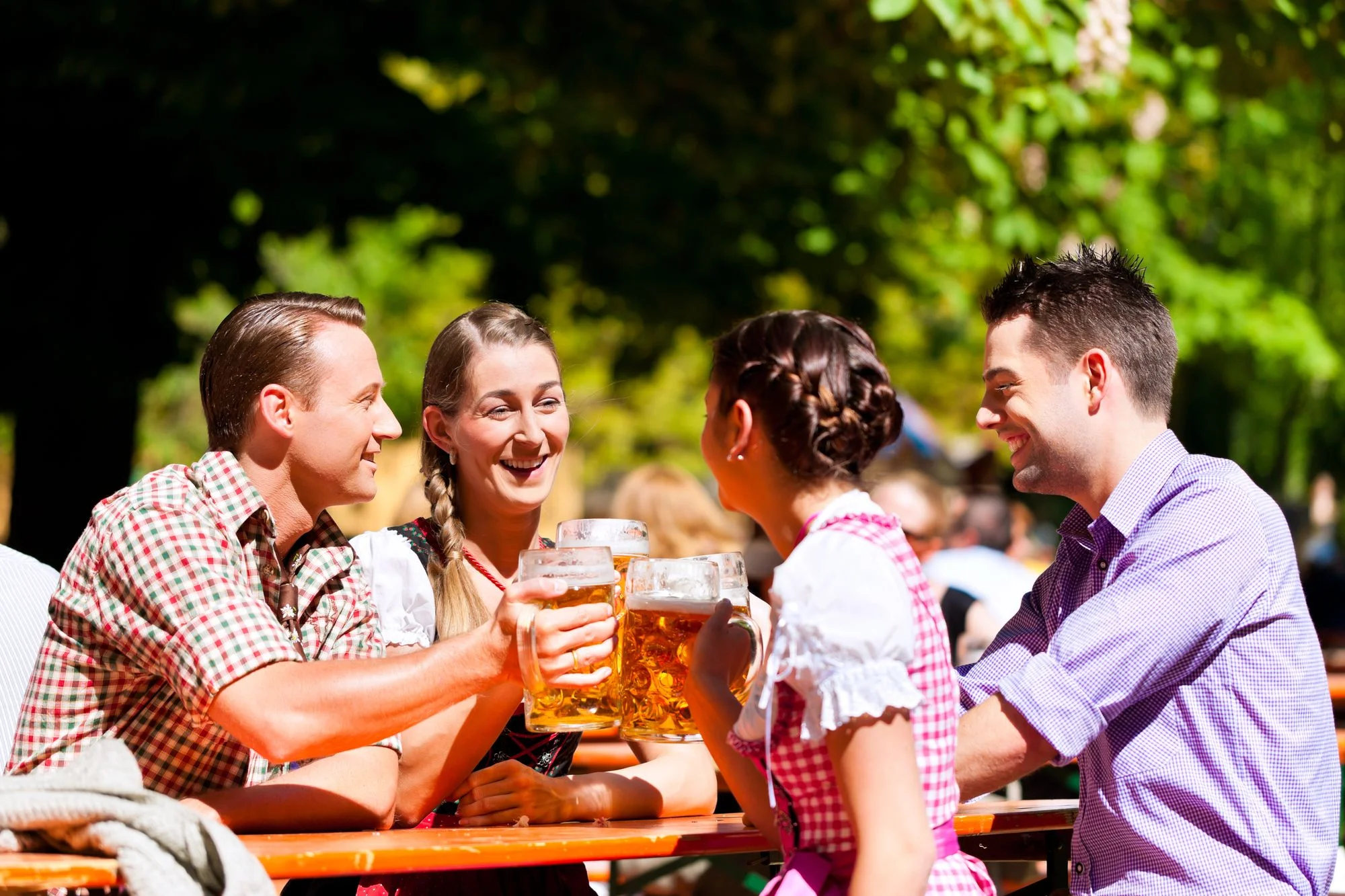
4. Optimize your UX and payment methods 🔗
Optimizing the digital customer experience to match local preferences is essential in any localization effort. In the case of Germany, this includes everything from website design that meets German standards and usability to ensuring all digital platforms are GDPR-compliant.
In addition, it's important to tailor payment options to include those most commonly used in Germany, such as PayPal, open invoices, and SEPA bank transfers, and to ensure websites are optimized for devices and internet speeds that are common in Germany. 📶 This digital optimization improves the user experience and increases consumer trust and loyalty by providing a smooth and secure online environment.
🚃 Native German professional translations: your best bet 🔗
A native team of translators and proofreaders is a must when localizing content for the German market. It will ensure no less than high-quality, accurate, culturally appropriate translations and the chance to resonate with the local audience.
When you look for these services, you'll find that some of the most popular language pairs are:
- 🇬🇧 English to German
- 🇫🇷 French to German
- 🇨🇳 Simplified Chinese to German

The relative price points for these translation services can vary based on the complexity of the text, the specialization required, and the urgency of the translation. Generally, rates can range from €0.10 to €0.20 per word, with specialized or technical translations potentially costing more due to the expertise needed.
🌍 Pick the appropriate country dialect! 🔗
It is capital to recognize that the German-speaking world extends beyond Germany. This includes countries such as Switzerland, Austria, and Belgium, each with its own unique cultural and linguistic variations.
For instance, 🇨🇭 Swiss German differs significantly in pronunciation and vocabulary from the standard variety, and there are distinct legal and cultural norms to consider when localizing for Switzerland. Similarly, 🇦🇹 Austrian German carries its own idiomatic expressions and cultural references that are integral to effectively engaging with the local audience. Don't forget to take these dialectal differences into account when you localize to German.

🎙️ Listen to Christina Hammer, CEO of Clanq, talk about localizing a fintech product into the Swiss-German market with the help of Localazy.
🪗 Mastering German l10n for success 🔗
The potential for growth and expansion in the German market is considerable, but keep in mind that you'll have to invest in a complex and carefully considered localization strategy to establish deep and lasting relationships with its customers. Ultimately, an impactful market entry is one where companies become visible and are genuinely understood and appreciated by locals.
This comprehensive approach to localization is not just about adapting to a new market—it's about becoming an integral part of it. 🧩 With Localazy, you can ensure that your content is not only easy to manage and linguistically accurate but also culturally resonant with the German market. Our Continuous Localization Team, coupled with various integrations and automation workflows to simplify your processes, is designed to help you succeed. Take a look at some of our guides (here and here!) to learn more.



